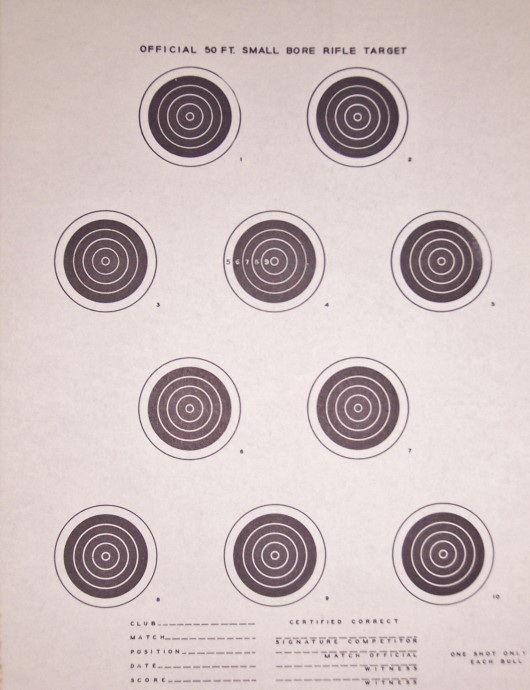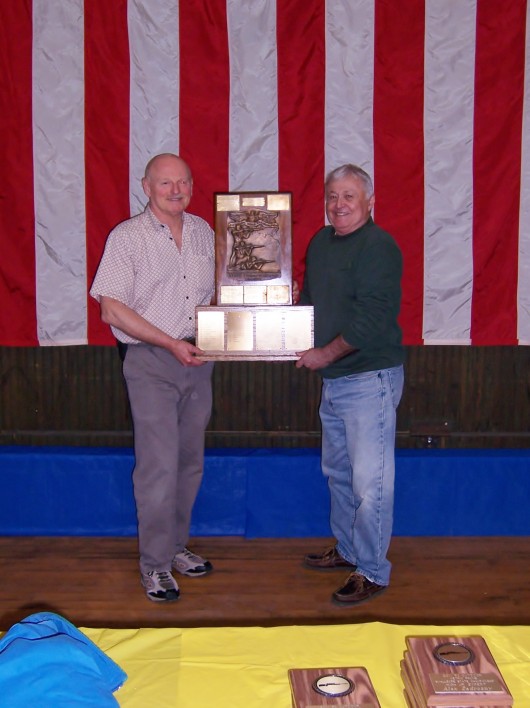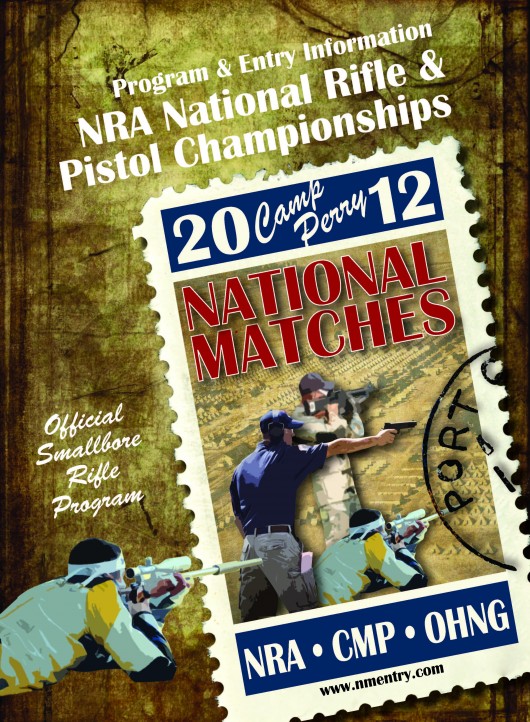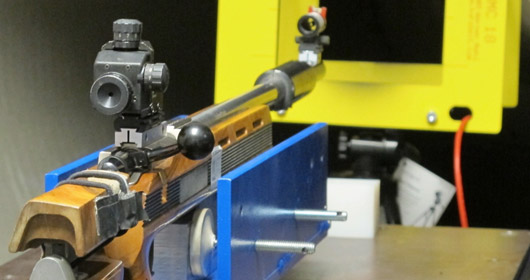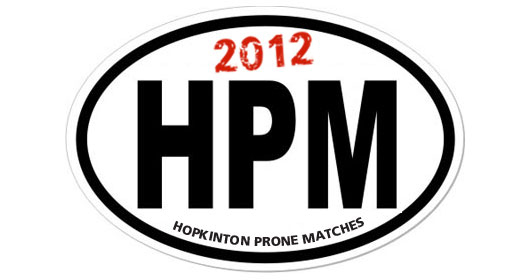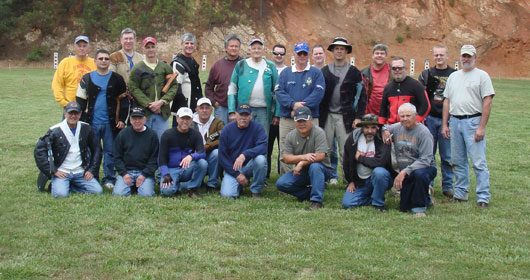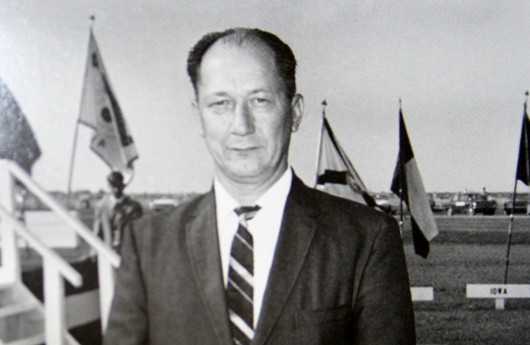by Hap Rocketto
Even though a half of a century has passed I remember clearly Miss Moore’s ninth grade English classroom on the third floor of the Chapman Building of the old New London High School. The sharpest memory well may be the reaction of my fellow male classmates on an early September morn she passed out copies of Herman Melville’s great American novel Moby Dick: or The Whale.
In many ways it was appropriate that we were reading Moby Dick. New London, Connecticut is rich with maritime history. It was one of the great whaling ports, on a par with New Bedford or Nantucket. The Greek Revival homes of long dead whaling captains, each crowned with a ‘Widow Walk,’ dot the town. Our school newspaper was The Compass and the yearbook The Clipper. New London High School athletic teams were proudly known as the Whalers. The silhouette of a harpooner heaving his lance was our logo. No common carrion eating feral animals for us, they were for the likes of the lesser high schools in our region like Fitch High’s falcon or the wildcat of Norwich Free Academy.
But I digress. Sophisticated, as only pubescent male high school freshman can be, we snickered at the double entendre of Melville’s classic novel’s title as we filled out our book receipts.
Things would only get worse when, some weeks later, we waded through Chapter 16, “The Ship,” in which the protagonist, Ishmael, boards the Pequod for the first time and encounters the owners, Captains Bildad and Peleg. The two old seaman, chalk up another round of smutty giggles for that homonym, argue about Ishmael’s compensation for the upcoming voyage. We had barely recovered from seaman when we read, “I was already aware that in the whaling business they paid no wages; but all hands, including the captain, received certain shares of the profits called lays.”
Miss Moore, a tyrannical martinet always dressed in a dark shapeless dress decorated with small flowers, had her old maid’s sense of decorum rendered asunder as even the most controlled of us could no longer contain ourselves. Short, stumpy, and humorless, her now beet red face standing out in contrast to her silver gray hair, she lit into the class for our outburst of immature bathroom humor.
We quickly snapped to rigid attention in our seats, our jaws taunt as we clenched our teeth, struggling to stifle any further outbreak. In those faraway days the teacher was always right and classroom discipline was swift and sure. What awaited you after the long lonely walk to Dean Flanagan’s office was no laughing matter and, with no such thing as double jeopardy, you still had to go home and face the music a second time.
We soon learned that whalers were not paid wages. Instead each man received a share of the profits of the trip, a “lay,” the size of which depended upon his status. The captain, who might also be a part owner of the ship, earned the largest share with mates, harpooners, carpenters, sail makers, cooks, blacksmiths, able seaman, ordinary seaman, cabin boys and greenhorns earning progressively smaller lays. An inexperienced crewman might get as little as 1/350th lay, against which he was charged for clothing and comfort items, such a tobacco, which he might buy from the ship’s stores. An ordinary crewman might earn only $25.00 over the course of a three year voyage.
Ishmael, having had several voyages as a merchant sailor, was awarded a 300th lay by the parsimonious Bildad and Peleg. Ishmael’s friend and shipmate, harpooner Queequeg, is given the ninetieth lay, “more than ever was given a harpooneer yet out of Nantucket.”
It turns out that the lesson learned about lays that semester would eventually bear fruit. Quaker Hill Rod and Gun Club is, if nothing else, supportive and generous to its juniors. Each year the juniors going to Camp Perry are allotted a substantial sum of money to help defray expenses. This year it fell to me to distribute the funds in a fair and equitable manner. However, the kids were not all going for the same events or, for that matter, for the same number of days. Enter Bildad and Peleg’s profit sharing scheme.
First I determined how many days of shooting each junior had entered. The total funds available were then divided it by the total number of days, each day becoming a lay. A shooter going to smallbore position was awarded three lays, a belly shooter got five lays, someone going for both smallbore phases was granted eight lays, and the highpower kids got a number of lays equal to the number of days they would be on the line.
As an aside, Miss Moore’s class was not my first exposure to Moby Dick. I recall first reading it in a dog eared copy of the yellow trimmed publication “Classics Illustrated”- known as a comic book in those days but today as a “graphic novel”. A few years later The Old Man took me to see John Huston’s film adaptation of Moby Dick at New London’s Garde Theater in which Mervyn Johns and Philip Stainton portrayed the crusty old Quakers Peleg and Bildad.
Johns, the father of actress Glynis Johns, also played the milquetoast Bob Cratchit to Alastair Sim’s flinty Ebenezer Scrooge in the definitive, and my favorite, film version of A Christmas Carol. Stainton appeared in another of my favorite Huston flicks, The Quiet Man, starring the most beautiful women in the world, Maureen O’Hara.
I tip my hat to Herman Melville, and a solid liberal arts education, for teaching me how to successfully solve problems both financial and moral.

